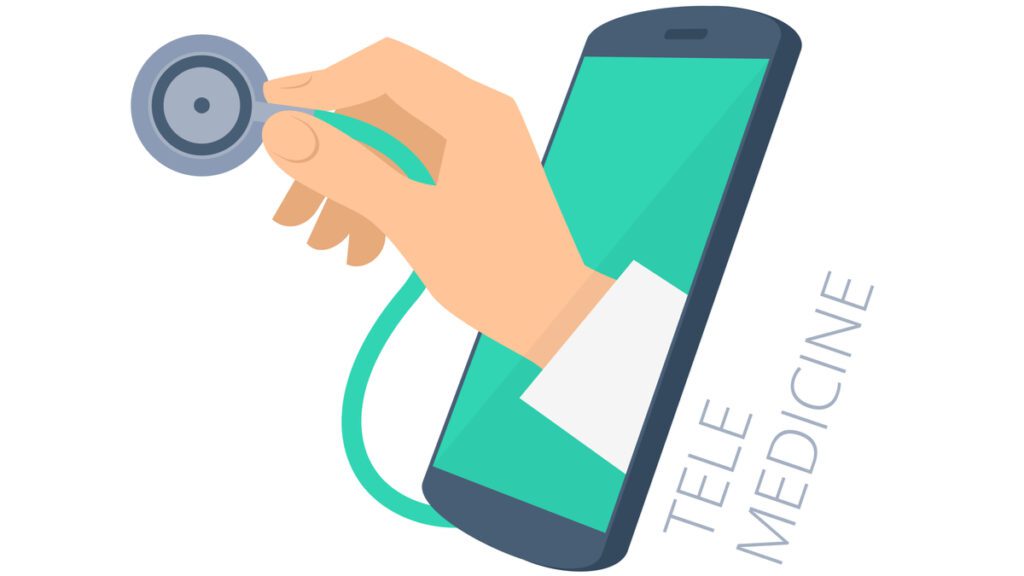
Even as the demand for consistent high-quality connectivity continues to rise as the pandemic has us jumping in and out of lockdowns, telcos have been looking to expand their revenue streams.
Their desire to diversify their revenue streams beyond simple utilities has led to an explosion of services, where digital health has presented itself as a promising vein of income.
For the most part, carriers, operators, and providers have seen their role confined to connectivity only. Telcos acted the highways on which Facebook, Amazon, and tech giants like them drive their colossal data trucks straight to your digital doorstep. Or IP address shall we say.
In recent years, however, and particularly during the pandemic, telcos find themselves able to deliver exactly what people need.
The year 2020 has shown that integrating operations and forming partnerships across sectors and industries is the way to go in the future for the telecom and IT sector. Telcos now find themselves in the center of this mostly untapped business model dubbed B2B2X, or business to business to ‘x’. ‘X’ includes any producer, suppliers, retailer, or any other end user with a need for secure and fully integrated digital solutions.
With a global shift in healthcare techniques, culture and understanding, and the growth of remote solutions as a response to the pandemic, digital health is in the scopes of telcos around the world.
The ability to make use of widespread connected devices in everyone’s pockets and homes and the advent of ever improving Internet of Things (IoT) products act as fertile ground for growth opportunity, and the healthcare sector is particularly untapped.
The needs, technical abilities and even the cultural perception of healthcare has changed dramatically over the last year. People have gained a greater appreciation for preventative healthcare and have adopted a more holistic sense of health and wellness compared to pre-pandemic times.
Digital health and telemedicine solutions will be essential for healthcare professionals, insurers, and patients, and the lack of IT expertise in the healthcare industry by and large makes this a symbiotic opportunity worth delving into. Monitoring devices and data analytics systems are only two possible revenue streams available to telcos.
Individuals who wish to take care of their health or kept informed. Healthcare professionals want to both monitor their patients and gather data that can assist in diagnostics. Implanted devices are becoming more common as the technology gets easier to implement and insurers can benefit from all of the above.
This is of course a young market cropping out of our digitally transforming world. Telcos would do well by establishing partnerships early on and seeding their presence between businesses and customers in numerous industries.